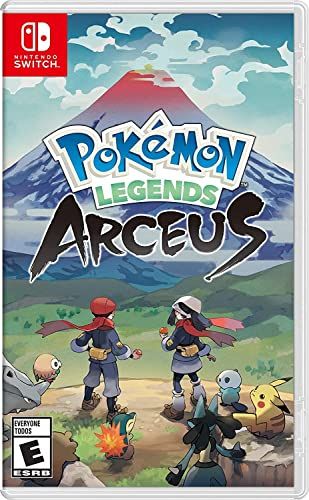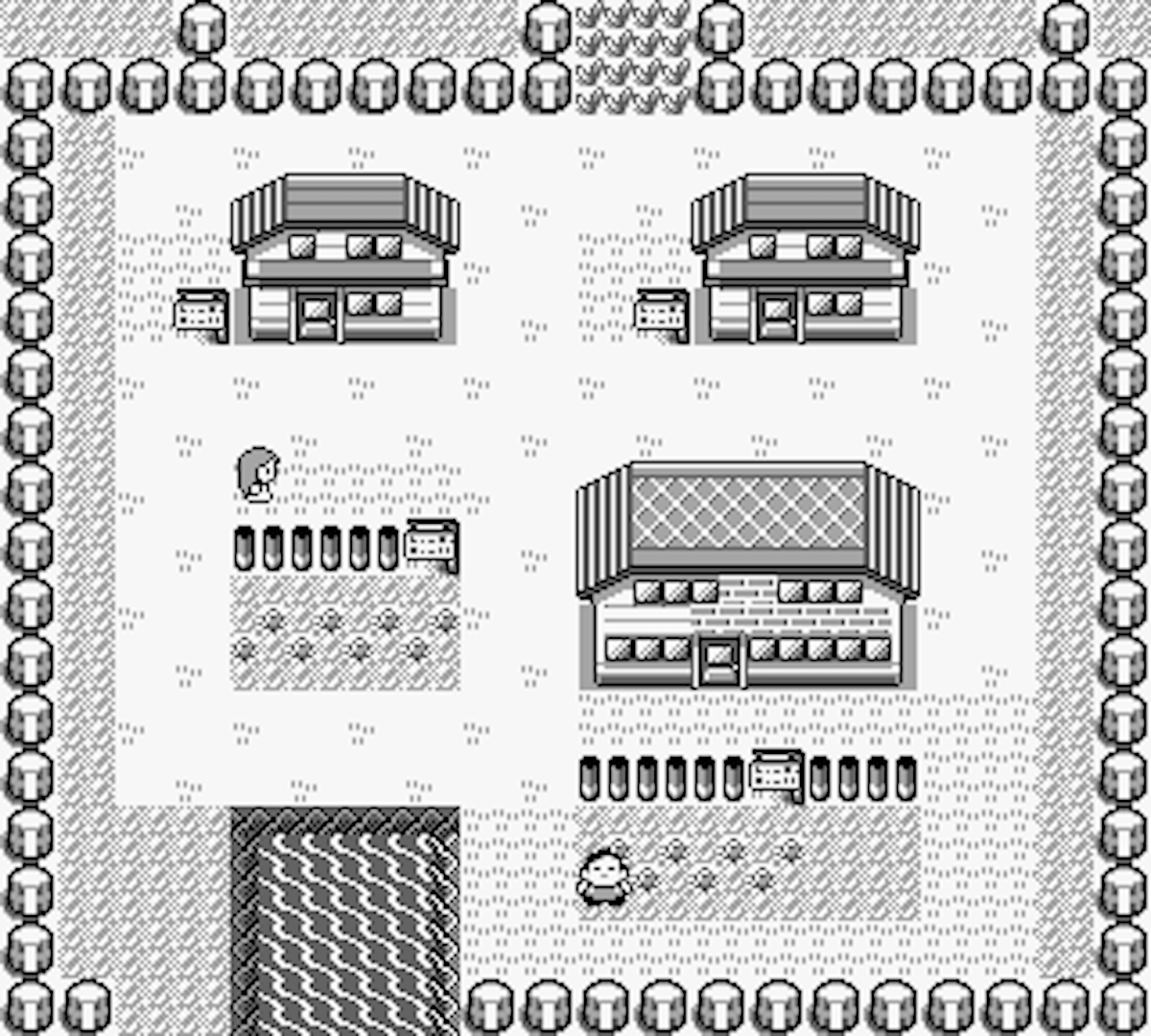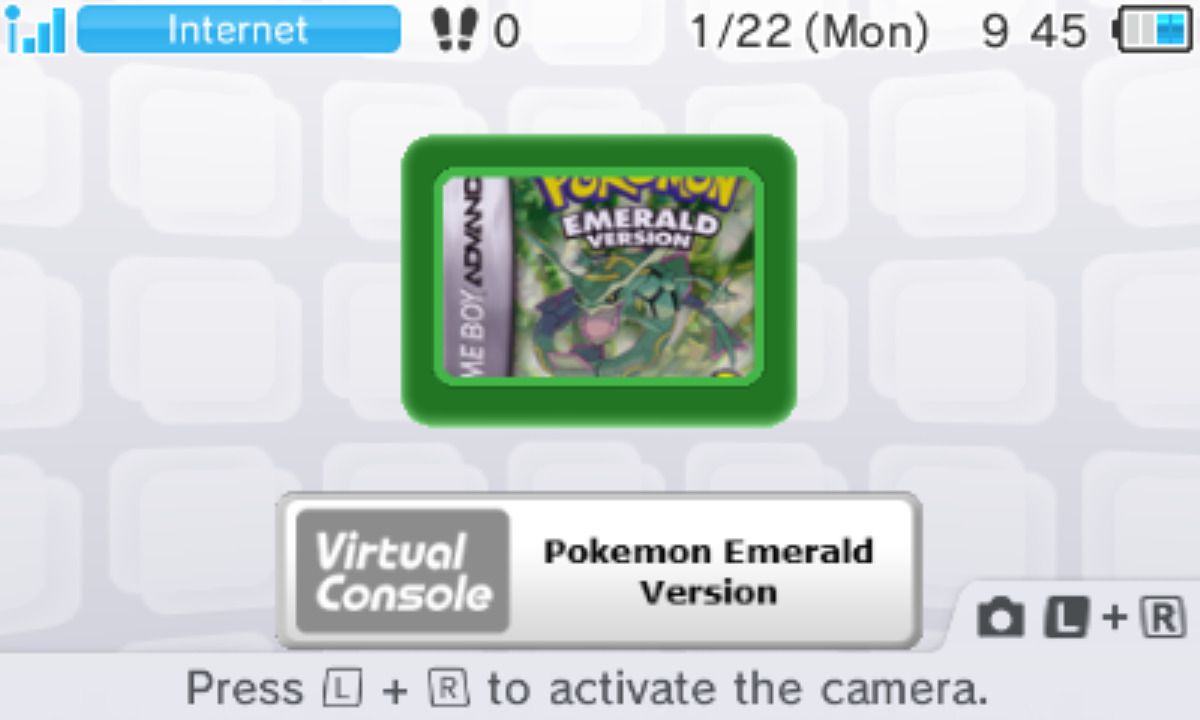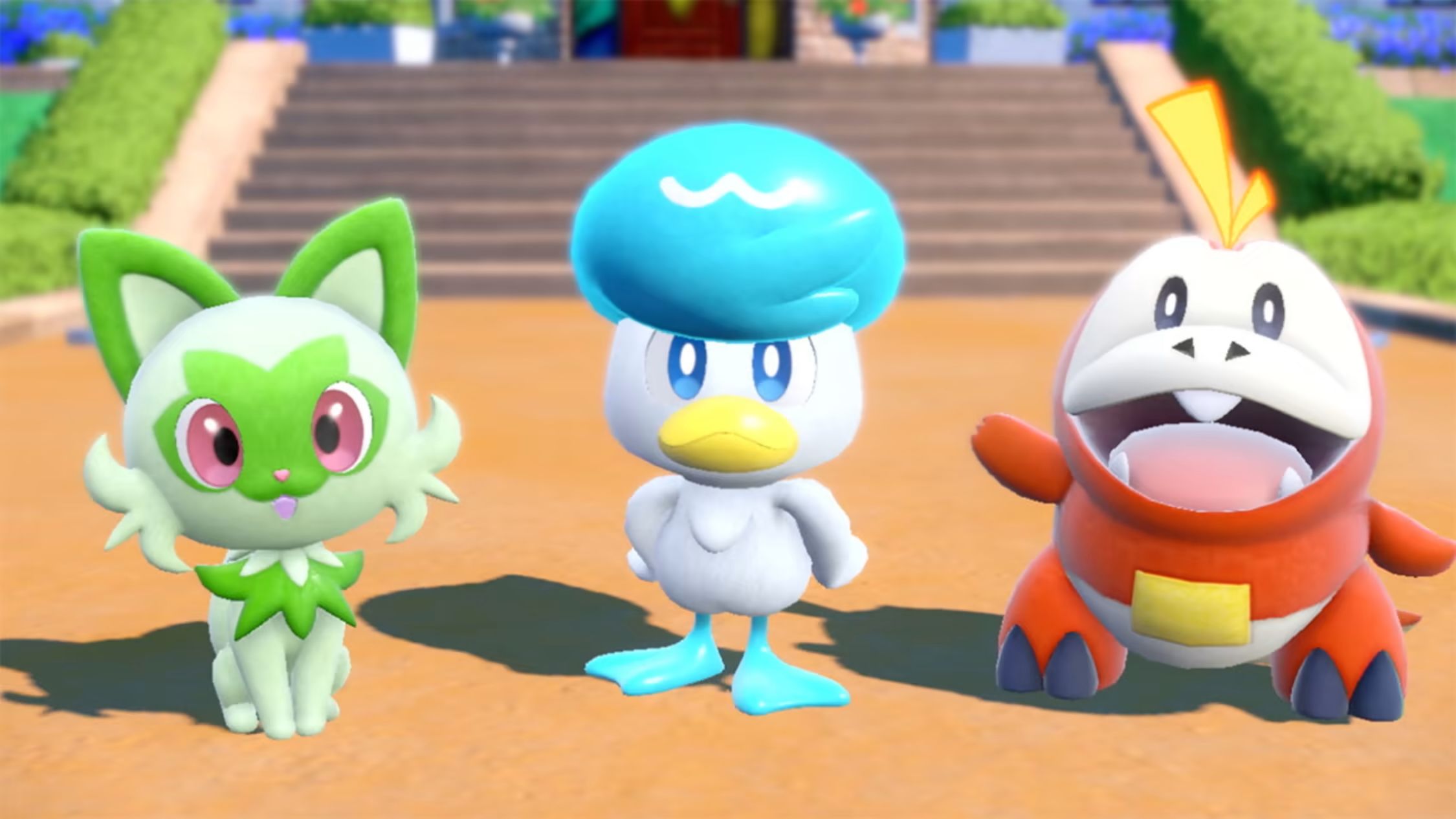Summary
- Pokémon built upon the turn-based mechanics of a niche genre in a way that resonated with mainstream audiences, resulting in unprecedented sales.
- When JRPGs struggled on consoles in the 2000s and early 2010s, Pokémon kept the genre alive on handhelds and had a trickle-down effect on other JRPGs on those platforms.
- Despite higher sales than ever, Pokémon’s quality fumbles when transitioning to the Nintendo Switch created a lane for other JRPGs to sweep up dissatisfied players.
It feels strange to say, but there’s no JRPG series more popular than Pokémon. While often omitted from genre discourse, this byproduct of its nascent years would go on to help revitalize JRPGs during their dark era of mainstream irrelevancy.
Now things have come full circle, and the genre that Pokémon once carried has been thrust into the mainstream.
Pallet Town Beginnings
The genesis of the JRPG genre happened a decade prior to Pokémon’s dominance. Dragon Quest and Final Fantasy paved this path with adventures that were grand in scope given the hardware limitations of the late 1980s. Their turn-based combat systems were a stroke of brilliance that presented the illusion of epic battles through strategic mechanics, and this provided an easily replicated framework through which each iteration could further hone its storytelling chops.
There was just one problem: up until 1997’s Final Fantasy VII, they weren’t selling well in the West. And that’s if they left Japan at all.
Pokémon was a sea change for this paradigm. When the series crashed upon North American shores in 1998, it was already a smash-hit multimedia franchise in Japan. This meant its overseas debut was primed with the one-two punch of the first generation of games and the original anime series launching simultaneously. The trading card game, movies, and endless merchandise followed soon after. With the immediately iconic creature designs suddenly appearing everywhere, “I choose you!” swiftly became the rallying cry of a worldwide generation.
Pokémon remixed the idea of turn-based combat to revolve around battling with rosters of six creatures rather than a party of heroes. This resembled something different and more kid-friendly than other JRPGs while still being a byproduct of the lessons learned from a decade of genre history.
People showed up for Pikachu and Charizard, but they walked away wanting similar games. The fraction of users who acted upon that discovered a vast world of games that would continue to grow on the same handheld platforms they bought to play Pokémon.
Monsters in Your Pocket
While JRPGs enjoyed burgeoning popularity in the late 1990s, they slowly faded in the 2000s. By the time the PlayStation 3 and Xbox 360 era hit, the genre was all but missing as developers and consumers alike chased after realism. Even Wii owners had to embark on a gargantuan campaign to petition Nintendo to bring Wii JRPGs overseas, of which Xenoblade Chronicles turned out to be a major franchise for the company.
Luckily for Pokémon, cultural mania and status as a handheld game allowed it to skirt console turbulence. The franchise was single-handedly selling Game Boys and DSs to the masses, which themselves had become bastions for niche genres to flourish thanks to lower budgets and faster development cycles. Any windfall sales from the millions of players wanting more like Pokémon made a huge impact and was a gateway through which new JRPG fans were born.
From here, the pipeline fueled itself. Publishers who might not want to risk making expensive JRPGs for consoles could still sate fans through handheld releases, including ports and remakes of classics from before the genre had true sales hits overseas. This set up the likes of Dragon Quest and Shin Megami Tensei to find an audience that would help catapult them to further success when they made the transition back to consoles.
An Ironic Stumble Onto Consoles
Pokémon’s own transition to home consoles with the advent of the Nintendo Switch was filled with warts. Whatever you feel about the Switch-era Pokémon games, it’s undeniable that Game Freak wasn’t equipped to develop for hme console hardware. This didn’t impact game sales—the two generations on the Switch surpassed every generation other than the first in units sold—but it left fans unsatisfied and searching for alternatives.
-

Pokémon Legends: Arceus – Nintendo Switch
In Pokémon Legends: Arceus, you choose when to take on battles and when to run. Mixing stealth gameplay and open zones, Arceus shakes up the Pokémon formula for the better.
-

Nintendo Switch
Nintendo’s latest console lets you take your console gaming on the go. Start up a game at home on your TV, then pull the Switch out of the dock and you can continue right where you left off.
The timing couldn’t have been better as JRPGs were experiencing a comeback. This can be ascribed to many things, such as the rise in popularity of anime and the stagnation of realism, but the long-term effect of Pokémon keeping the genre relevant across many generations of gamers is also much to thank.
This goldmine led to the Switch becoming the perfect platform for JRPGs as it retained the handheld form factor that made Pokémon games easy to pick up, which was important as games in the genre ballooned in length. Decades of handheld gamers who were already acclimated to the genre were onboard, as well as new demographics that may venture outside the bounds of pocket monsters.
Anyone from these groups dissatisfied with their Pokémon purchase was another person who could be sold on trying something else within the genre. There’s a reason Switch owners begged Atlus to bring the Persona franchise to the platform for years: it scratched the monster collecting and battling itch while also offering up more mature themes and a greater emphasis on story.
JRPGs Are Back, Like No One Ever Was
It really can’t be overstated just how profound the shift back to JRPGs has been. Nintendo Directs are chock-full of the things, building excitement for revived obscurities that often times couldn’t even find traction in Japan during their heyday (LIVE A LIVE is a prime example of this).
Outside of Nintendo’s ecosystem, new titles like Metaphor: ReFantazio and Final Fantasy VII Rebirth are being released to critical acclaim and award season wins. Even Western developers are looking to tap into this zeitgeist, be it indie hits like Undertale and Sea of Stars or higher-budget efforts like Clair Obscur: Expedition 33. There’s one thing all these games share in common, however: much of their fan base grew up playing Pokémon and are more willing to explore the genre thanks to that.
This is the moment that genre fanatics like myself have long awaited, and I truly believe there’s never been a better time to get into JRPGs.











